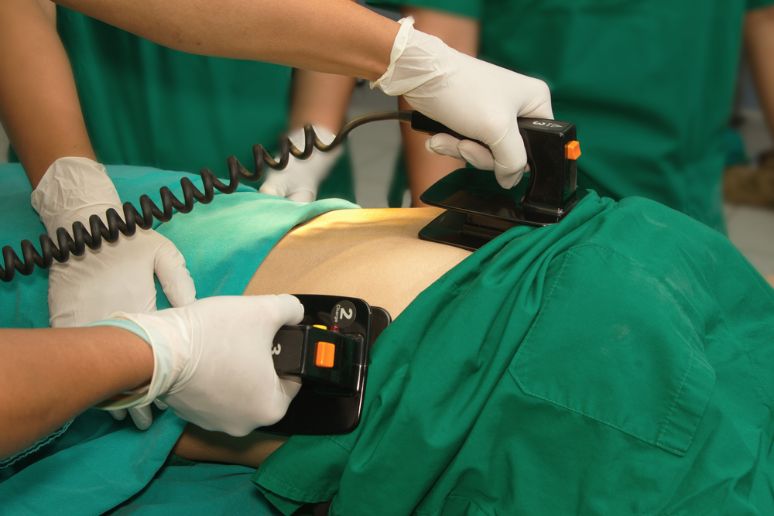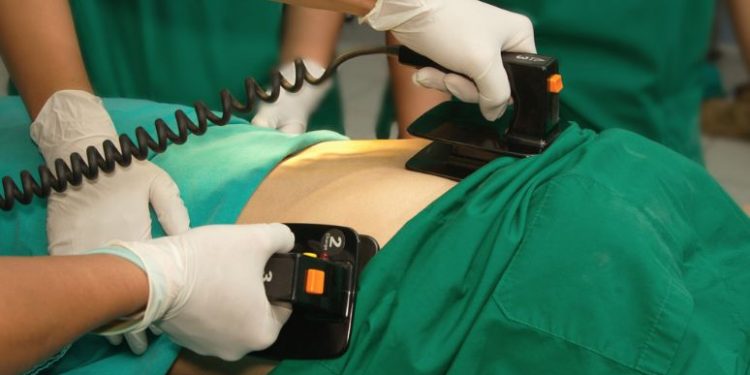Ventricular tachycardia symptoms include rapid, irregular heartbeats that last for more than 30 seconds and cause breathing problems. Sustained ventricular tachycardia can also cause fainting and heart failure.
Your doctor can diagnose ventricular tachycardia by performing a physical exam and running certain tests. One test may be called an electrocardiogram (ECG), which records a picture of your heart’s electrical activity. It can help spot abnormalities, and it also can detect any other heart conditions that might contribute to your tachycardia.
Another test that your doctor may use is a tilt table test. During this test, your heartbeat and blood pressure are monitored while you lie flat on a table, and your doctor watches how your heart reacts to changes in your body’s position.
You may also need to wear a Holter monitor, which is a small device that records your heart’s electrical activity for 24-48 hours. If your tachycardia is not controlled, you may need to wear an implanted cardioverter defibrillator (ICD), which can help prevent episodes of tachycardia.
Your doctor may also recommend that you get an echocardiogram, which can help determine the cause of your tachycardia. During an EP study, thin, flexible tubes with sensors (electrodes) are inserted into the groin and guided to various areas in your heart, where they can precisely map the spread of electrical signals during each heartbeat.
Some people can develop VT without any known heart disease. This is called idiopathic ventricular tachycardia. It is not caused by scarring or other abnormalities in the heart, and it can happen to both young and old adults.

A person with idiopathic ventricular tachycardia can develop an erratic, irregular rhythm that is dangerous and can lead to sudden death. This type of tachycardia is caused by abnormal electrical signals sent from the ventricles and can occur for a variety of reasons, including heart muscle disease or electrolyte imbalances.
The condition may also be due to a disorder of the heart’s pacemaker, called the sinus node or sinoatrial node. These arrhythmias occur when the signals from the sinus node are interrupted or rerouted to other parts of your heart, including the ventricles.
If your tachycardia is caused by a problem with the sinus node, your doctor will prescribe antiarrhythmic drugs to help control the tachycardia. The medications can reduce the frequency and duration of tachycardia. If your tachycardia cannot be controlled with these medications, your doctor will recommend a procedure called cardiac ablation, which uses radiofrequency or heat energy to destroy irritable areas in the ventricles.
This procedure can be very effective in reducing the number of tachycardia episodes. It is a minimally invasive, hospital procedure that is done by your doctor in the cardiac catheterization lab.
You may need to wear an ECG monitor for a period of time before the ablation. This allows your doctor to watch how your heart responds to the treatment, and it may help reduce the need for additional medication.
Your doctor will work with you to understand the cause of your tachycardia and plan an effective treatment. It may involve medication, an implanted defibrillator or a cardiac ablation procedure.









